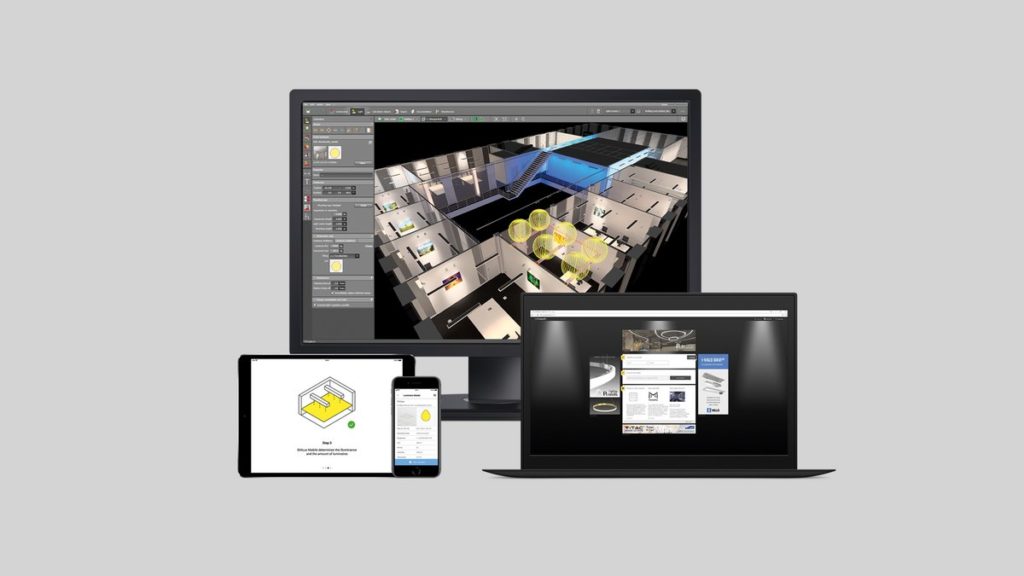Compared with one room and one light, more and more people now prefer the design without a main light. The main light is to distribute the lights from the original concentrated light to each area of the space, and then illuminate each area separately according to the needs of different areas. The two advantages of the no-headlight design: first, the use of no-headlight design has a stronger sense of space and atmosphere; second, we can achieve different scenes through the switch settings of different lights.
How to do without a main light?
Contents
First step, preparation
The lighting design without main light is to distribute the light to various areas, so we must first understand how the area of each space is divided. Take a common guest restaurant as an example, usually it is composed of TV background wall, lounge area, decorative painting area and dining table.
After we have a concept of the division of space, we can arrange the lights according to the different needs of this area. Surely, we would have to prepare some lighiting source just as, e26 led bulbs/e12 led bulbs for USA family, and nowadays there are many smart bulbs with almost all the base you need with features as color-changing/wifi/voice control/app control and so on, we would recommend philips e26/e12 led bulbs/Lohasled e26/e12 led bulbs which can be installed into the bedroom/dining room and so on as the lighting source.
The second step is to arrange the main lights
After the preparatory work was completed, we started to form the lights. In the first step of arranging the lights, we must first arrange the main lights in the space, that is, arrange the main function-based lights in the space.
The third step is to arrange ambient light
Based on the overall lighting effect and atmosphere requirements of the space, the ambient light is supplemented in accordance with the actual situation.
The fourth step is to set the scene
Set lighting scenes (that is, plan different circuit circuits) according to people’s activities in the space. Generally speaking, it is not recommended to set too complicated scenes in a space.
The fifth step is to confirm the effect
After the lights are laid out on the flat surface, put them on the facade to see the effect. In which areas are these lights illuminated? Which are used to illuminate the facade and which are used to illuminate the desktop, and see if the overall effect is coordinated.

